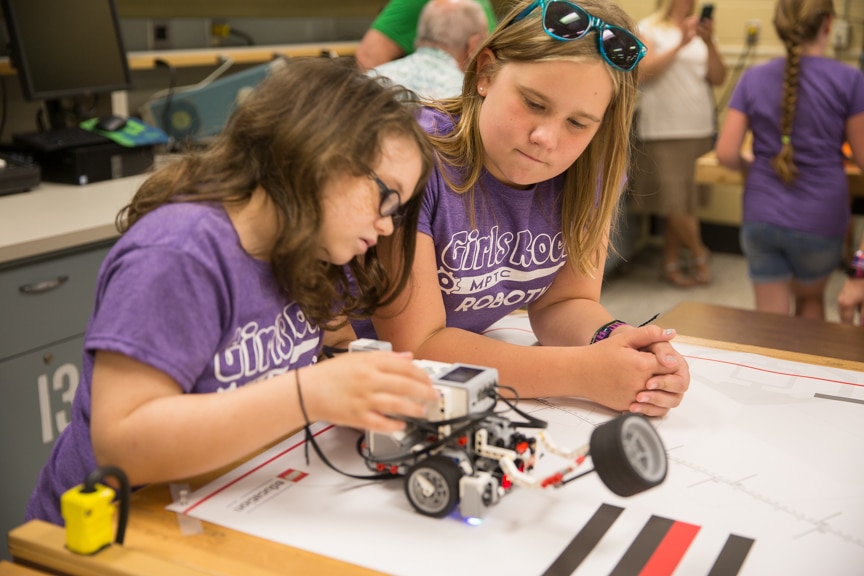As the world becomes more technologically advanced, society has created new inventions and found hidden discoveries in order to move the world forward towards modernization. Unfortunately, despite having many advancements, society is still behind when it comes to the gender gap in regards to science, technology, engineering, and mathematics (STEM). Despite making up over half of the college-educated workforce in the United States, women in STEM only make up 28 percent while men overwhelmingly dominate the field.
In primary and secondary school education, many STEM programs seem to cater towards young males while young females are encouraged to take “nurturing” fields (i.e. teacher, secretary, service worker, et cetera). While more women are pursuing STEM careers, the population is still too small. In addition to the gender gap, there is a wage gap as well. According to the Pew Research Center, men in STEM earn nearly $15,000 more per year than women ($85,000 compared to $60,828). In addition to this, Latina and Black women who are in STEM earn around $33,000 less (at an average of around $52,000 a year).
In order to attract more females to pursue STEM, U.S. Senator Kirsten Gillibrand put in place the STEM Gateways Act in 2015. This act will provide federal grants for programs in elementary, middle, high school. In addition to this, the goal of this act is to expand the STEM field for not only young girls but minorities and other children from all economic backgrounds. Along with the STEM Gateways Act (2015), Congress implemented the STEM Opportunities Act of 2019 which is similar to the STEM Gateways Act but provides opportunities for both young boys and girls. With both these acts in place, hopefully young girls will gain the exposure to continue the STEM field.
1.7 million engineers and computing professionals are needed in the United States before 2025 in order to keep up with technological advancements. According to a 2015 executive report by the American Association of University Women, only 12 percent of females are engineers and only 26 percent of females are computing professionals. There must be an improvement of STEM education and support for young girls in their early education and throughout high school in order to close the gender gap. In addition to this, society must be more supportive of women studying STEM fields in college/universities and provide them career opportunities once they graduate. More women entering STEM fields will lead to an increase in female role models for younger girls to look up to. And a reinforcing cycle will begin that ultimately will lead to a balancing of the gender gap.


Recent Comments